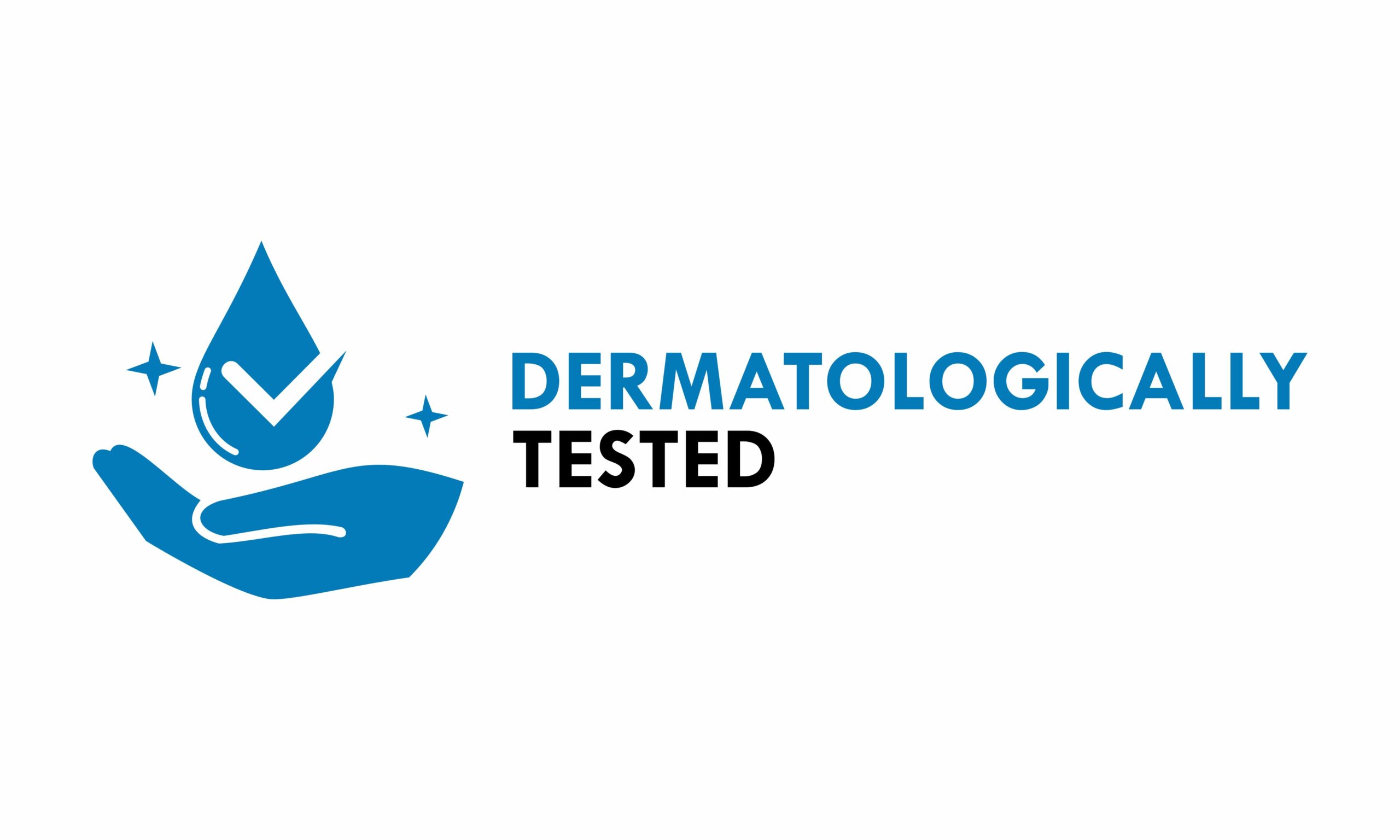
Dermatological skin compatibility is one of the most important criteria when choosing cosmetics and body care products. For every second consumer, this aspect has a greater influence on the purchase decision than a favourable price or a well-known brand name. This is understandable, because who wants to risk itching, redness or other skin irritations when using a product? However, it is not easy for consumers to find appropriate products. That is why Cosmacon has developed a seal. It confirms that the dermatological skin compatibility has been tested as good or very good.
How does the test procedure work?
Basically, the seal for dermatological skin compatibility can be awarded to a wide variety of products. Creams and lotions belong to it just as much as shampoo, shower gel and bath additive. Extensive tests are, of course, necessary beforehand. Test persons make themselves available for these tests. The number of test persons depends on the skin type for which the product is intended. Products for sensitive skin are tested on 30 test persons, products for normal skin are tested on at least 50 test persons. This is the best way to determine whether the dermatological skin compatibility is guaranteed or whether contact allergies or skin irritations may occur. The exact test procedure depends on the type of product and the application.
Products that belong to the so-called "leave-on category" and remain on the skin for a longer period of time (for example lotions, serums and creams) are usually tested occlusively. Occlusive means "closing", which means that the product to be tested is covered with a patch after it has been applied to clinically healthy skin. These are special test patches. In addition, two control substances are applied to the skin: one is water as a negative standard and the other is a sodium lauryl sulphate solution with a concentration of 0.5 percent as a positive standard. The test patch remains on the skin for 24 hours and is then removed. Another 24 hours later, a dermatologist checks the dermatological skin tolerance and examines whether irritation or a contact allergy may have occurred. After 48 hours, another final assessment takes place.
Products that are washed off or rinsed off again after application undergo the same procedure, but in this case the test area on the skin is covered semi-occlusively. Semi-occlusive means permeable to water vapour and air. Such products are called "rinse-off" and include, for example, shampoos and shower gels. If a product contains surfactants, as is the case with soap, for example, it is diluted to two percent for testing.
When does a product receive which seal for dermatological skin compatibility?
The seal is only awarded to products that can demonstrate either good or very good dermatological skin compatibility. The definition of "good" or "very good" is based on the "Technical document on cosmetic claims", an EU expert publication that precisely defines the assessment criteria. These criteria are outlined below.
Semi-occlusive test procedure
If there is no reaction to water and a sufficient number of reactions to the so-called positive standard, very good dermatological skin compatibility is considered confirmed if not a single test person shows a reaction. A good dermatological skin tolerance is considered to exist if only one test person shows a reaction.
Occlusive test procedure
Very good dermatological skin tolerance can be certified with a maximum of 10.0 percent more reactions than water. In the case of no reaction and a participant field of 30 test persons, a maximum of three persons may show a slight reaction. Good dermatological skin tolerance, on the other hand, is confirmed with 10.0 to 20.0 percent more reactions than water. Here, with 30 test persons and if there is no reaction, three to six persons may show a slight reaction.
Good to know: In the case of cosmetic products, an additional careful examination and control of the product labelling and declaration is carried out in accordance with the EU Cosmetics Regulation (EC) No. 1223/2009.
As a manufacturer or retailer, you can of course use the seal "Skin compatibility: dermatologically tested with good / very good" after the test procedure has been completed. It signals to your target group that you take responsibility and offer consumers skin-compatible products.
Are you interested in the Cosmacon skin compatibility test seal?
We would be happy to explain the procedure to you in more detail! Our test procedure is carried out absolutely professionally, independently and according to strict scientific criteria. Of course, there are no hidden costs with us. Have the dermatological skin compatibility of your cosmetic products tested now and show your target group that you take the needs and requirements of consumers seriously! We look forward to hearing from you!
